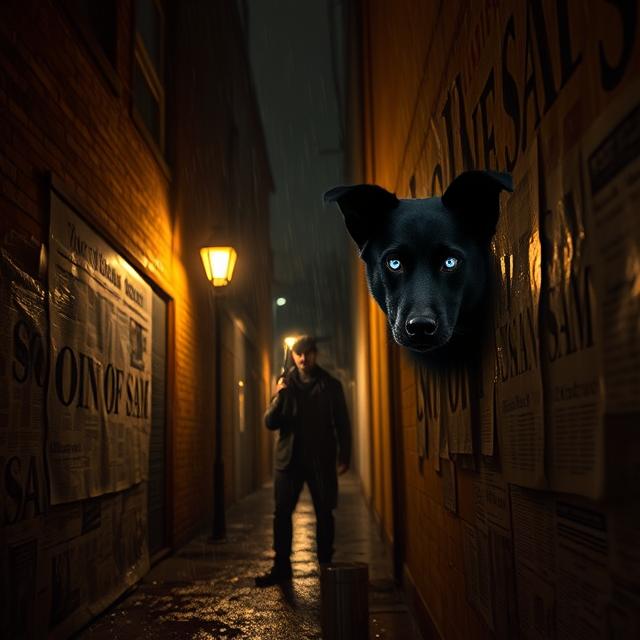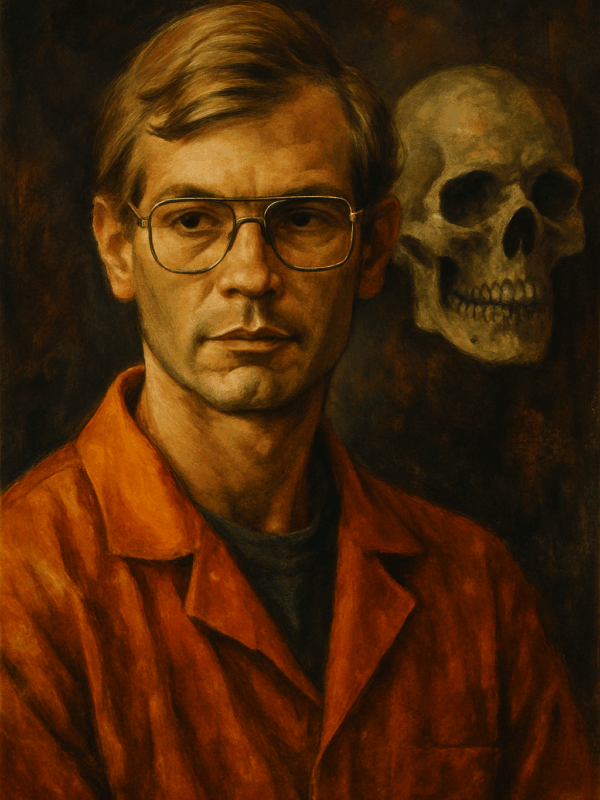In the summer of 1977, New York City was already on the edge. Crime was rampant, the economy was in decline, and the city was sweltering under one of the hottest heatwaves on record.
Then the killings started.
A gunman began targeting young couples parked in cars or walking late at night. He struck without warning, using a .44 caliber revolver, leaving six dead and seven wounded. But what made it worse was the taunting—letters left at crime scenes, addressed to the police and media, signed by someone calling himself “The Son of Sam.”
He said he was possessed. He claimed a demon ordered him to kill.
The question that still lingers today: was he telling the truth… or just building a legend?
The Killings Begin
The first confirmed Son of Sam attack occurred on July 29, 1976, when two young women were shot while sitting in a parked car in the Bronx. One died, the other survived with injuries. Over the next year, similar shootings followed—usually couples, often in cars, always targeted by surprise.
The killer used a .44 caliber Bulldog revolver, earning the media nickname “.44 Caliber Killer.” He didn’t steal, rape, or speak. He simply pulled the trigger and vanished into the dark.
But then he started writing.
Letters from the Killer
In April 1977, a chilling letter was left near the body of a victim. It began, “I am a monster.” It referenced demons, bloodlust, and gave birth to a new name: Son of Sam.
Later, another letter was sent directly to Daily News columnist Jimmy Breslin. It was rambling, poetic, and terrifying. It said:
“I am the Son of Sam. I am a little brat. When Father Sam gets drunk he gets mean… I am the ‘Beast.’”
The press exploded. Headlines screamed of devil worship, satanic influences, and possession. Citizens were terrified. Gun sales skyrocketed. People changed their habits. The city was no longer just afraid—it was panicking.
The Man Behind the Monster
On August 10, 1977, police arrested David Berkowitz, a 24-year-old postal worker, in Yonkers. A parking ticket near the final crime scene led detectives to his car, where they found a rifle, ammunition, and maps.
When police knocked on his door, he simply said:
“You got me. What took you so long?”
Inside his apartment, they found journals documenting over 1,400 fires he had started, and a bizarre letter confessing to the murders.
Berkowitz claimed that he had been ordered to kill by a demon that possessed his neighbor’s dog, a black Labrador named Harvey.
It sounded insane. But was it?
Possession or Performance?
Psychiatrists quickly assessed Berkowitz as mentally unwell but competent to stand trial. He pled guilty to all charges and was sentenced to six consecutive life terms.
In later years, Berkowitz walked back his demonic claims. He admitted that the possession story was a lie, crafted to get an insanity plea and avoid the death penalty.
But others weren’t so sure.
The Cult Theory
Journalist Maury Terry spent decades researching the case. In his book The Ultimate Evil, Terry argued that Berkowitz didn’t act alone. He believed the Son of Sam murders were the work of a Satanic cult, and that Berkowitz was just one trigger man in a network of ritualistic killers.
Terry pointed to inconsistencies in eyewitness reports—descriptions of different shooters, varying physical features, and conflicting timelines.
Berkowitz later confirmed in interviews that he had not committed all of the shootings, but would not name other members for fear of retribution.
Was the Son of Sam a lone madman? Or the face of something larger and far darker?
Legacy of Terror
The Son of Sam case didn’t just leave victims in its wake. It left behind a blueprint of fear.
- The killer shaped his identity through the media.
- The public became obsessed with the killer’s “mind.”
- Law enforcement was forced to confront the growing power of public panic and press sensationalism.
The case gave rise to the infamous “Son of Sam laws,” which prevent criminals from profiting off their crimes through books or films.
As for Berkowitz, he claims to be a born-again Christian now. He calls himself the “Son of Hope.” He writes letters to at-risk youth and runs a prison ministry.
But whether he’s redeemed, reformed, or simply rewritten the script—the legend he helped create is not so easily buried.
David Berkowitz wasn’t the first serial killer to terrorize a city, but he was the first to weaponize media attention. He blurred the line between monster and myth, man and madness. Whether his talk of demons was delusion, deception, or something darker, the effect was the same.
He turned a city’s sweltering summer into a season of death.
And when the smoke cleared, the shadows stayed.
For more cases like this, explore our archive. SinisterArchive.com—where the legends are real.




